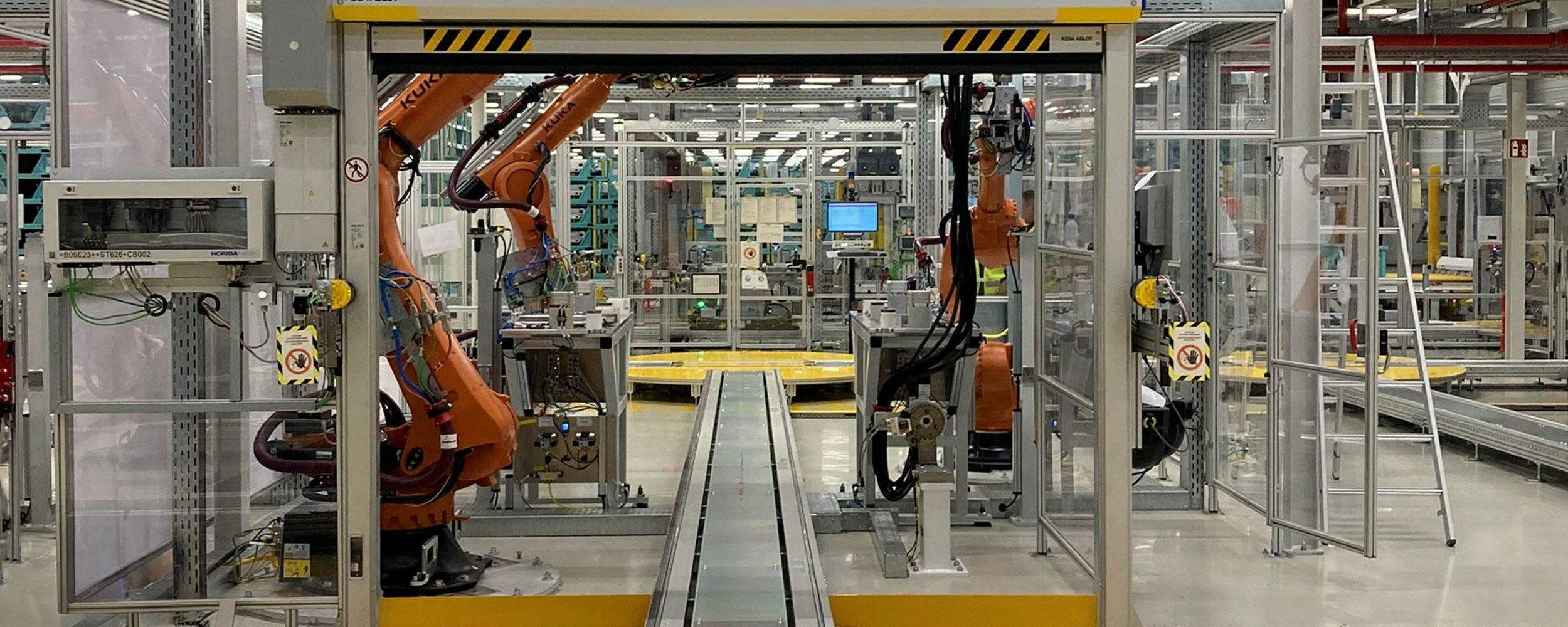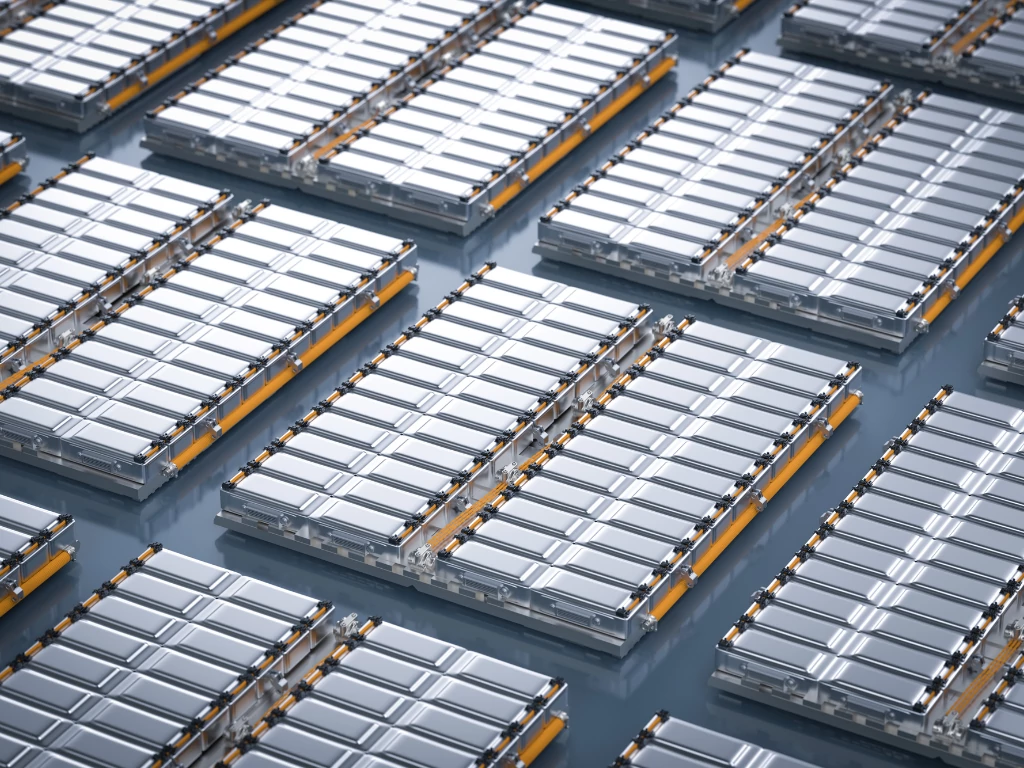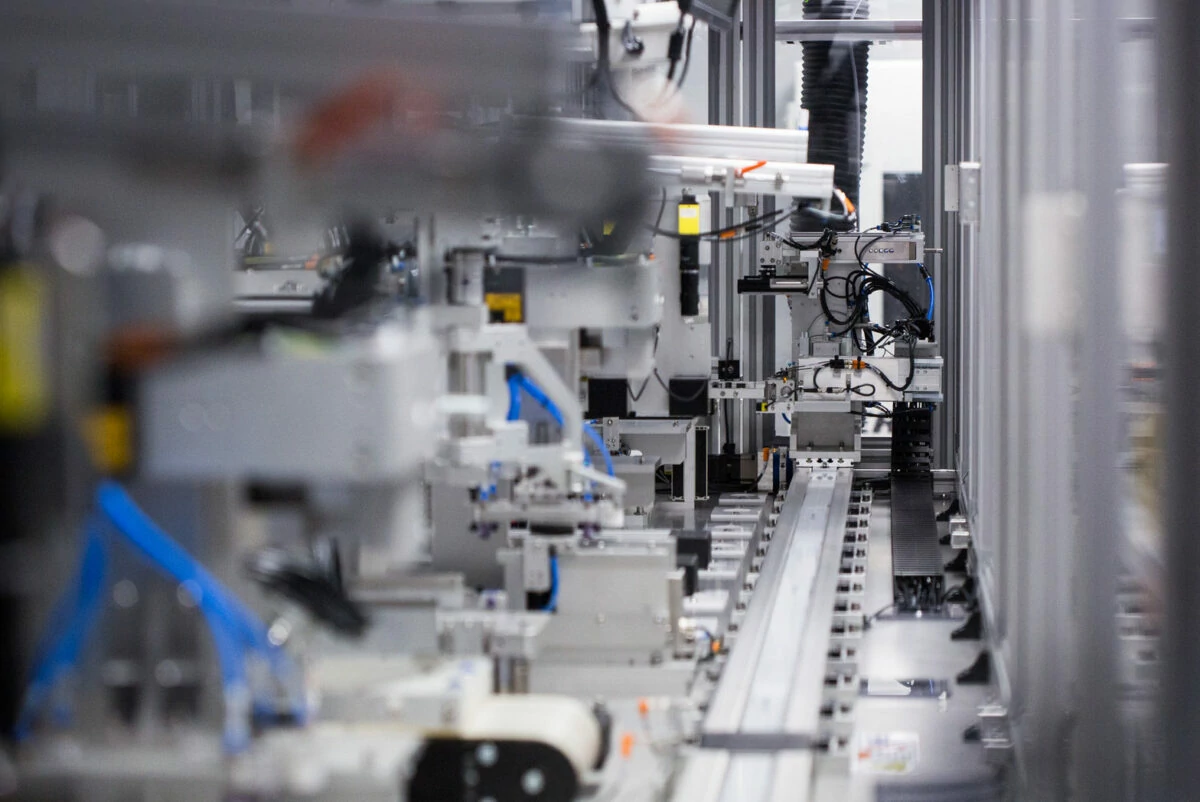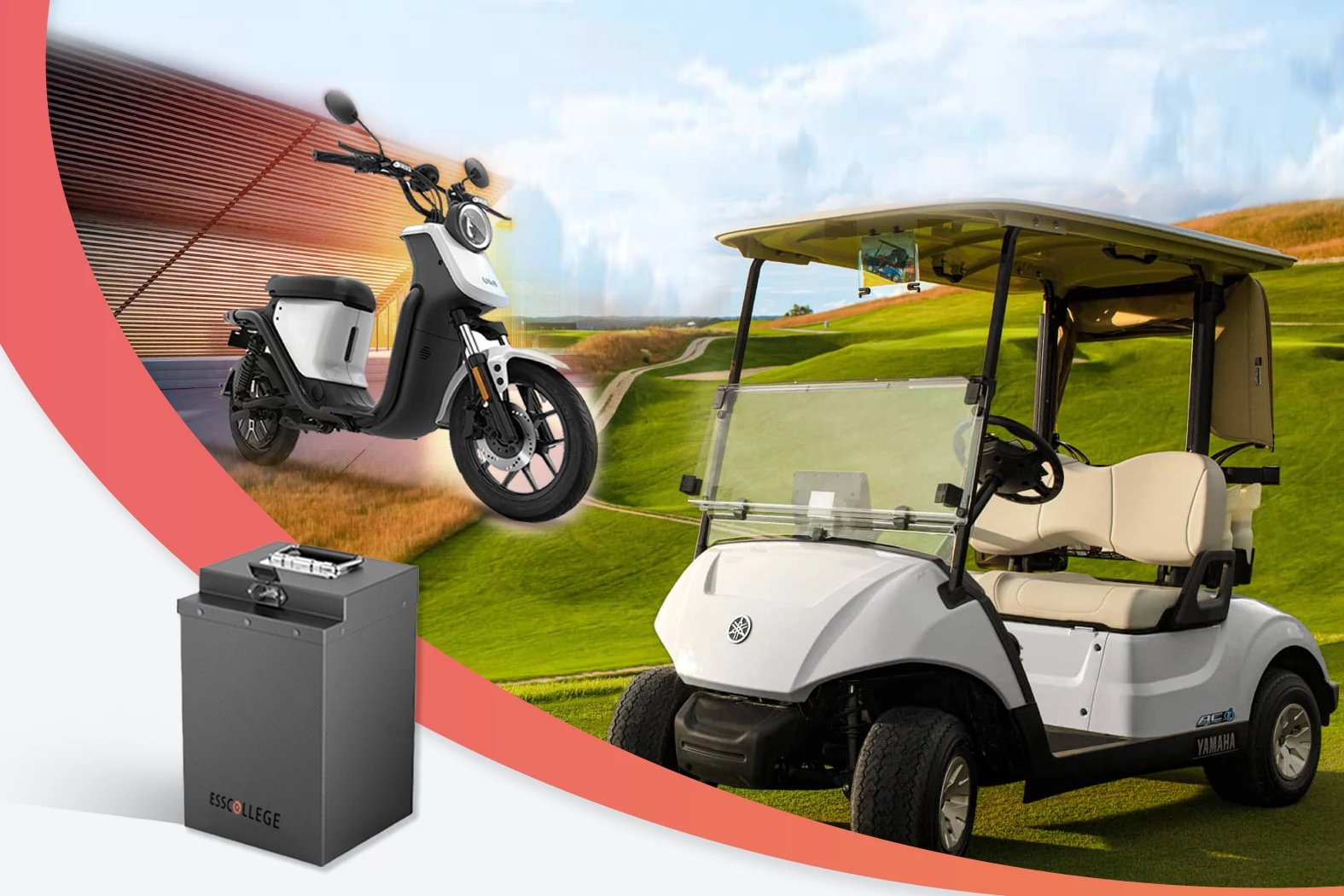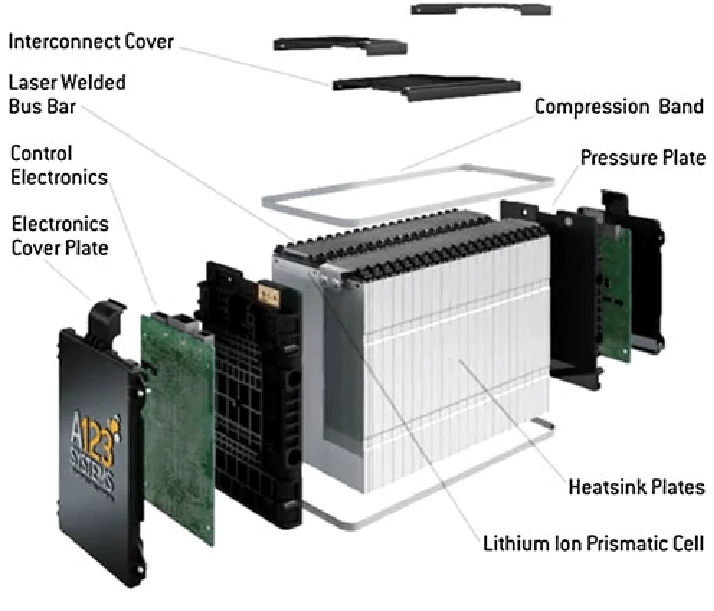Product testing Product testing is a key link to ensure...
Optimization of battery structure
The innovation of battery structure is directly related to energy utilization efficiency and product stability. By improving the internal arrangement and modular design of the battery, energy loss can be reduced and space utilization can be improved, while enhancing the heat dissipation performance and earthquake resistance of the battery. Structural optimization can not only improve the overall performance of electric vehicles, but also provide more convenience for subsequent maintenance and replacement, and promote the development of products in a more efficient and lightweight direction.
Optimization of battery structure
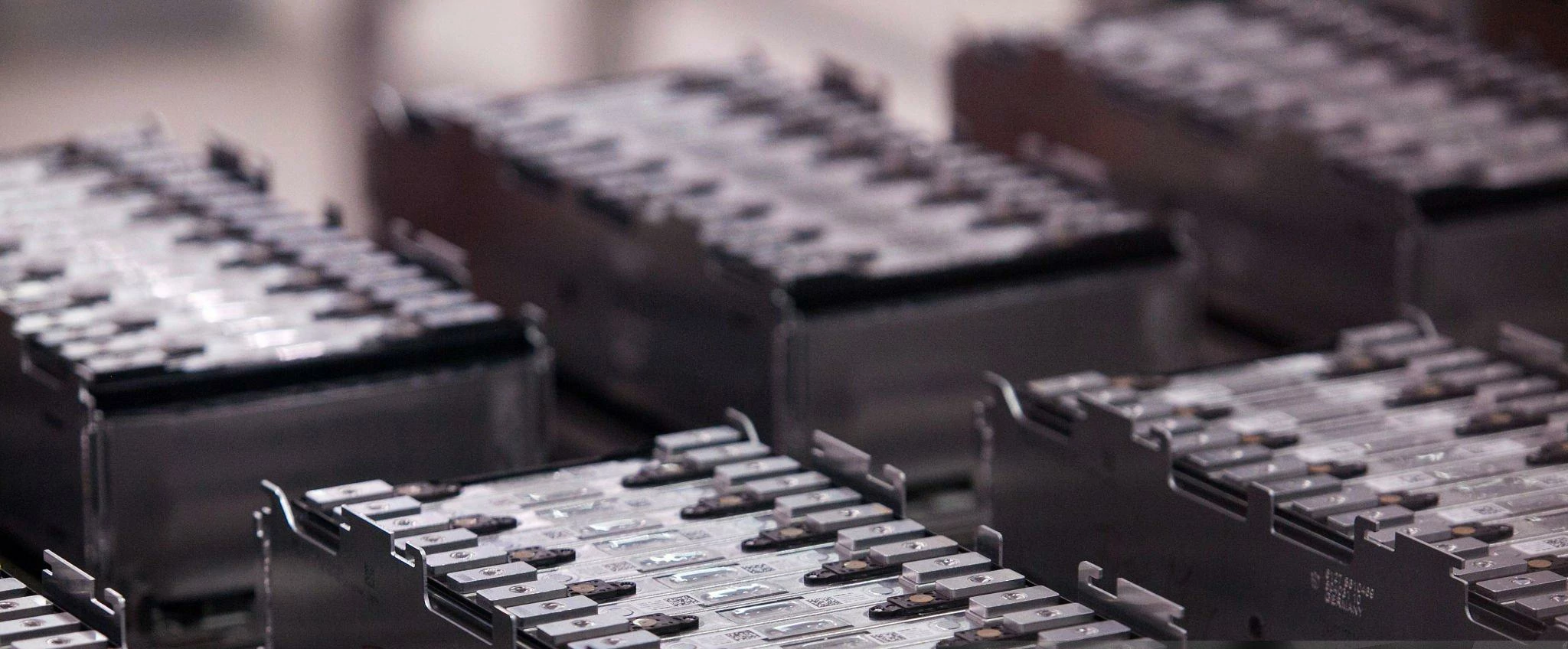
Battery structure optimization plays a crucial role in improving the performance of low-speed vehicle batteries. By optimizing the internal design and structural layout of the battery, the energy density, heat dissipation performance and safety of the battery can be effectively improved, and the endurance and service life of the vehicle can be improved. The optimized battery structure can better adapt to the use of different environmental conditions, reduce battery loss, reduce the failure rate, and enhance the overall stability of the battery. Structural optimization can also reduce battery size and weight, improve vehicle energy performance and driving experience, while reducing manufacturing and maintenance costs. In short, battery structure optimization not only directly improves the functional performance of the battery, but also promotes the competitiveness of low-speed vehicle batteries in the market.
Specific direction of battery structure optimization
Modular design
Modular design is an important direction of battery structure optimization. By dividing the battery into several standardized modules, more flexible design and more efficient manufacturing processes can be achieved, while also facilitating maintenance and replacement. The modular design can also customize the battery capacity according to different needs, improving adaptability and compatibility.
Lightweight design
Reducing battery weight is crucial to the performance of low-speed vehicle batteries. Optimizing the materials and processes in the battery structure, using lightweight enclosures, diaphragms and support structures, can effectively reduce the overall weight of the battery, reduce the burden on the vehicle body, and improve the vehicle's endurance performance and power efficiency.
Thermal management system optimization
The battery will generate a lot of heat during the charging and discharging process. If the heat dissipation is poor, the performance and life of the battery will be affected. Therefore, optimizing the thermal management system of the battery is crucial. Using more efficient heat dissipation materials and heat pipe design and improving the arrangement of internal battery cells can effectively improve the heat dissipation effect of the battery and avoid battery damage caused by overheating.
Energy density increase
Optimizing the electrode structure and electrolyte distribution inside the battery helps to improve the energy density of the battery. By precisely adjusting the structural design of the battery unit and optimizing the capacity utilization of the battery, it can provide higher energy output at the same volume and weight, thereby improving the battery life.
Protection design
Strengthening the safety of battery structure is one of the important directions of optimization. By improving the protective design of the battery housing, improving the shock resistance, impact resistance and leakage resistance, the risk of battery damage can be effectively reduced in the event of an external impact. And strengthen the protection of overcharge and overdischarge inside the battery to avoid safety hazards such as thermal runaway or short circuit of the battery.
Battery internal connection optimization
The way the battery is connected and laid out inside is crucial to the performance of the battery. Optimizing the electrical connection between battery cells, reducing internal resistance and energy loss, can effectively improve the battery charging efficiency and power output stability. The use of more advanced connection technologies and materials to reduce contact resistance also helps to improve the overall performance and durability of the battery.
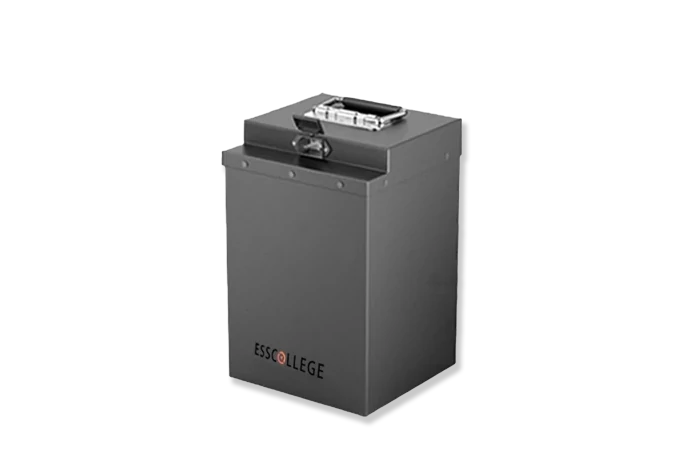
low-speed car batteries
Low-speed vehicle battery is a kind of battery designed for low-speed electric vehicles, which has the characteristics of clean, environmental protection, high efficiency and economy, and is widely used in electric golf carts, low-speed electric vehicles (LSV), mobile vendors, campus transportation, cargo trucks and so on
Extended reading
Product packaging and delivery
Product packaging and delivery The packaging and delivery of battery...
Product information expansion
Product information expansion Understanding low-speed vehicle battery product information is...
Product composition
Low-speed lithium battery product composition Understanding the product composition of...
THE ESSC Brand promise
Global supply
Our products sell well all over the world, covering many countries and regions, through the global logistics network, to provide customers with convenient purchasing experience.
Rigorous quality
We adhere to the highest quality control standards to ensure every product meets industry regulations and customer expectations, earning trust through consistent excellence.
Excellent service
With a customer-centric approach, we provide prompt responses, professional support, and personalized services, aiming to deliver the best user experience and long-term value.
